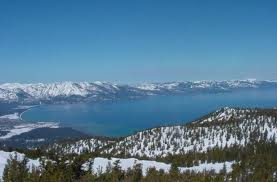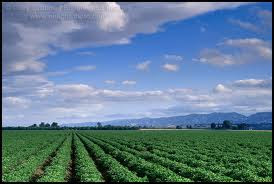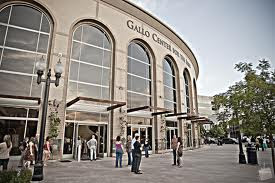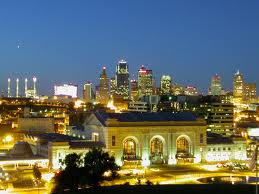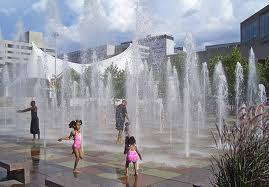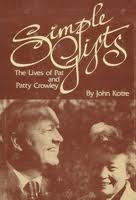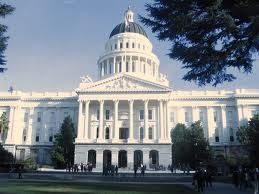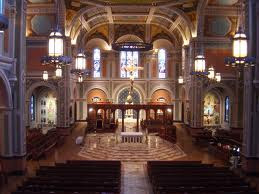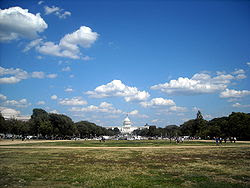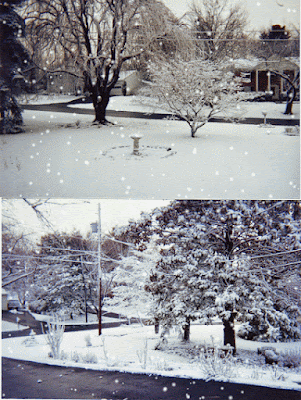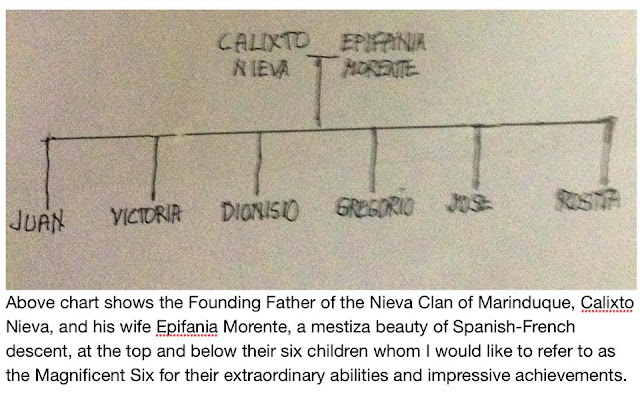 Continuation of Series authored by Rene Nieva
Continuation of Series authored by Rene NievaTHE MAGNIFICENT SIX NIEVAS OF GENERATION I: The Founding Father of the Nieva Clan of Marinduque -- from whom all the subsequent Nieva descendants to the present all came from whether surnamed Nieva or not -- was Calixto Nieva. Calixto
was Cabeza or Governadorcillo of Boac in 1867. He came from a line of Gobernadorcillos himself.
Calixto's wife was Epifania, also known as Capitana Maning. She was known for her mestiza beauty, being the daughter of a parish priest of Boac of Spanish-French descent. Thus, the good looks of most if not all of the subsequent Nievas likely came mainly from Epifania or the Morente side. Nonetheless, Calixto had a certain roguish handsomeness himself as may be seen from the attached photo.

Epifania must have not been just a pretty face but must have served as a supportive partner to Calixto. The leadership qualities of the Morentes seemed to have manifested themselves in her siblings, one of whom, Juan or Juancho, became governor of Mindoro, as well as subsequent generations of Morentes that have produced National Artist Lucrecia Kasilag, DOTC Undersecretary Josie Trinidad-Lichauco and an assortment of business and professional leaders.
Calixto and Epifania had six children, whom we can dub as belonging to Generation 1. They compose the six branches of original Nievas from whom the generations following can connect themselves even if they no longer carry the Nieva surname through their marriages. The six are, in the order of birth, Juan, Victoria, Dionisio, Gregorio, Jose and Rosita, who were all of course surnamed Nievas. I would like to refer to them as the Magnificent Six, for they all were extraordinary and impressive men and women who have made indelible marks not only in the history of Marinduque but that of the nation as a whole.

The first and oldest child was Juan, born in 1860, a contemporary of Jose Rizal who was his schoolmate (he called him Pepe) at the Liceo de Manila, forerunner of the Ateneo. He was a good friend of Manuel Luis Quezon, who was his provincemate (Tayabas and Marinduque were then one province). Juan even made Quezon godfather to his first-born son Guillermo (Willie).
Juan became Cabeza de Barangay of Boac and Sta. Cruz and lieutenant governor or "sub-governor" of the then sub-province (of Tayabas) of Marinduque from 1907 to 1916. He was credited for the planting of coconut trees throughout Marinduque and connecting all the towns through telegraphic lines.
From Juan descended not just the Nievas but also the Jambaloses, the Carrions, the Luarcas, the Senos, the Sto. Domingos and the Ocampos of Generation 2 and other surnames in succeeding generations.
Victoria was the political right-hand woman of Juan. Even if she was lame (from falling from a calesa) she was an astute and dynamic politician and was said to be the "king-maker" behind the political successes of Juan and other political leaders of Marinduque at the time.
Victoria (no photo available) was also active in civic and charitable affairs, putting up and becoming the first president of the Boac Puericulture Center which looked after the health of mothers and their babies. Victoria married Doroteo Mercader and from her and her husband came the Reyeses, the Sto. Domingos and the Laurels of Generation 2 and 3 and again other surnames in succeeding generations.
(Next, the rest of the Magnificent Six -- Dionisio, Gregorio, Jose and Rosita.)









